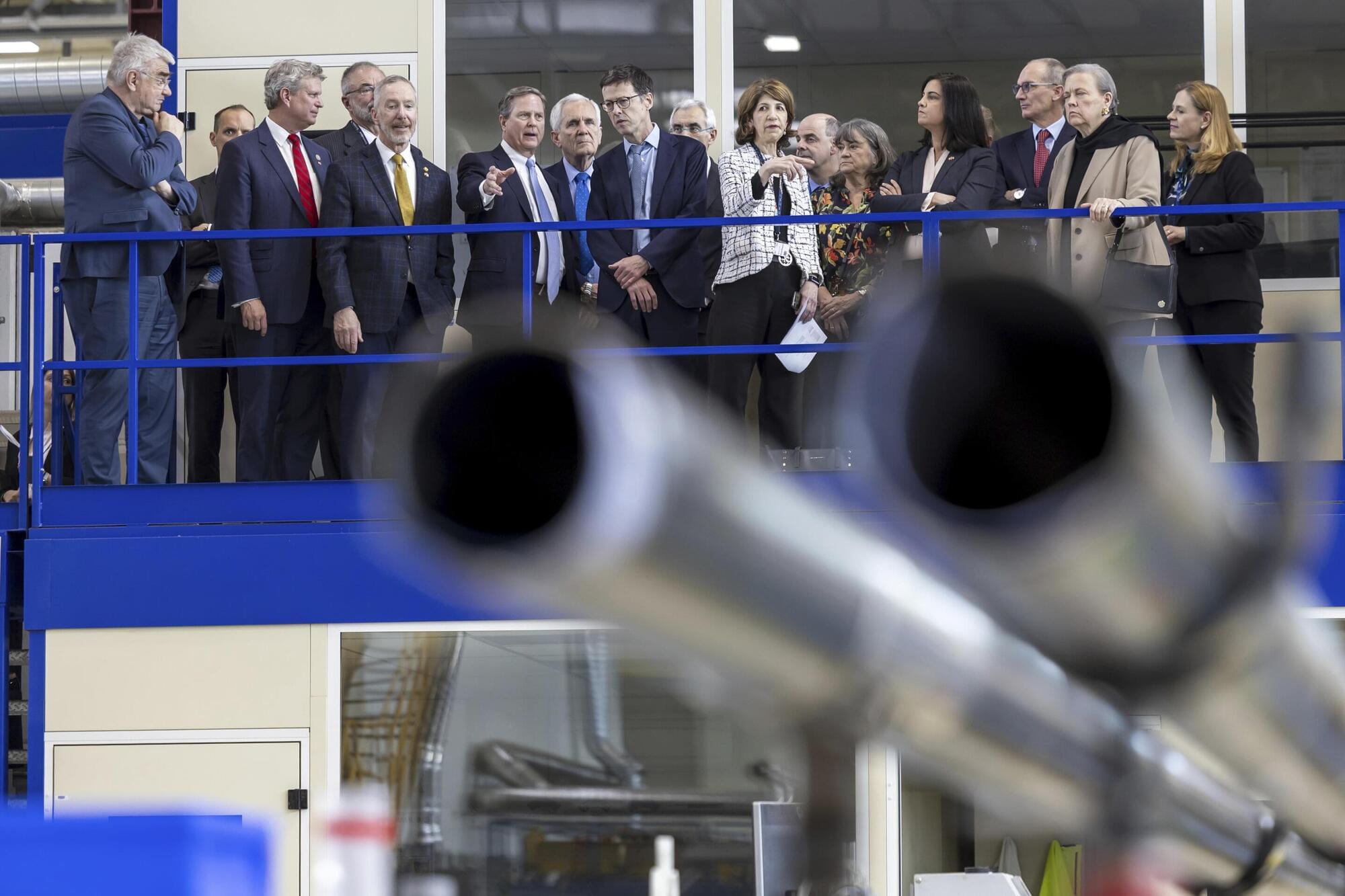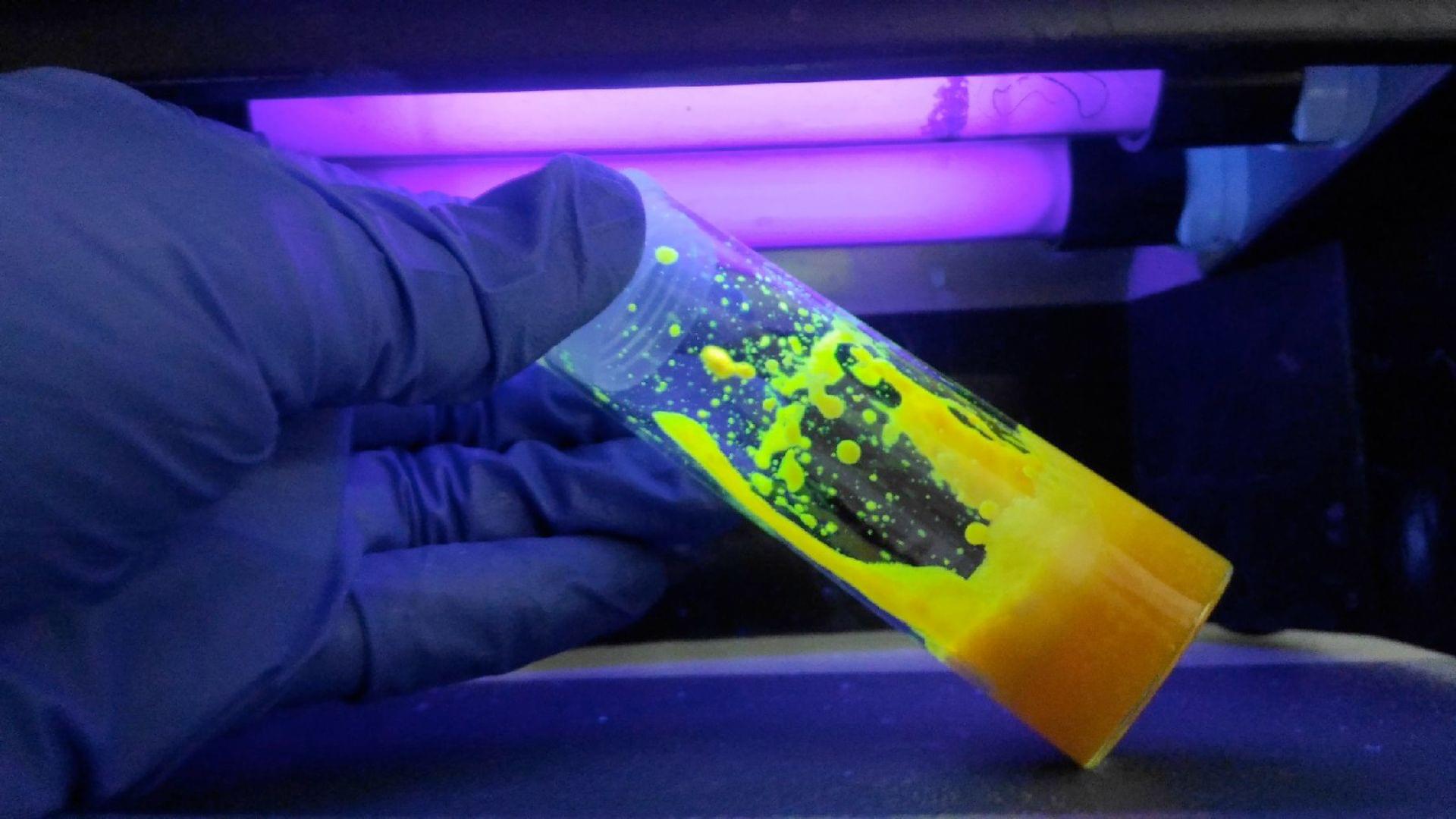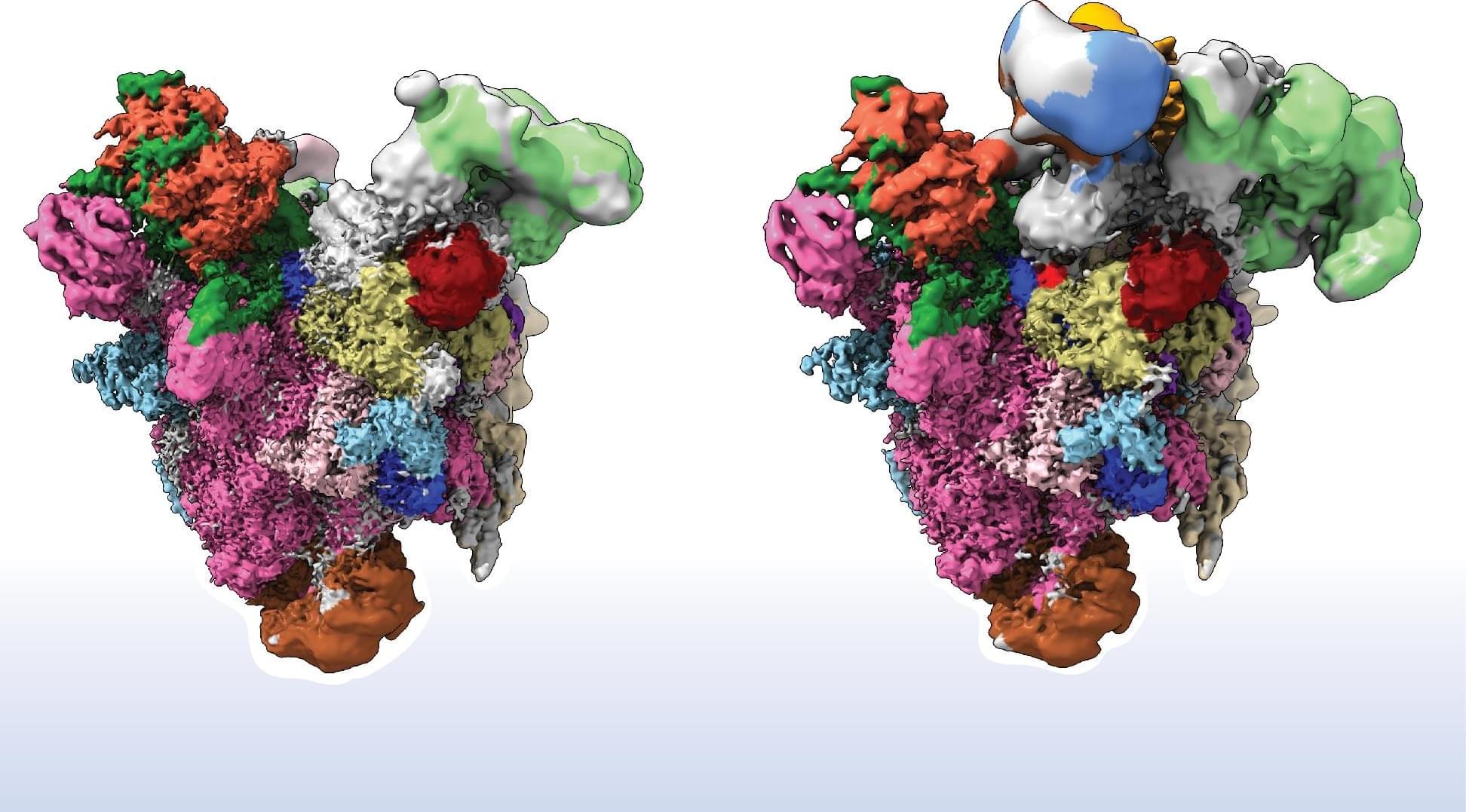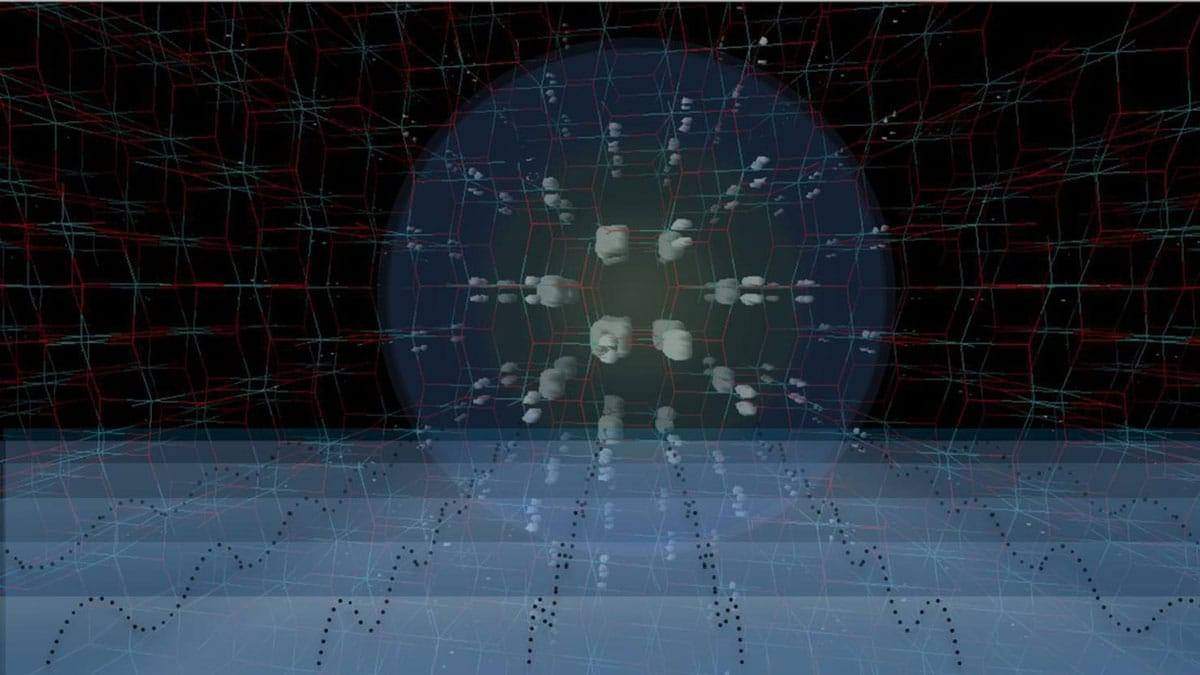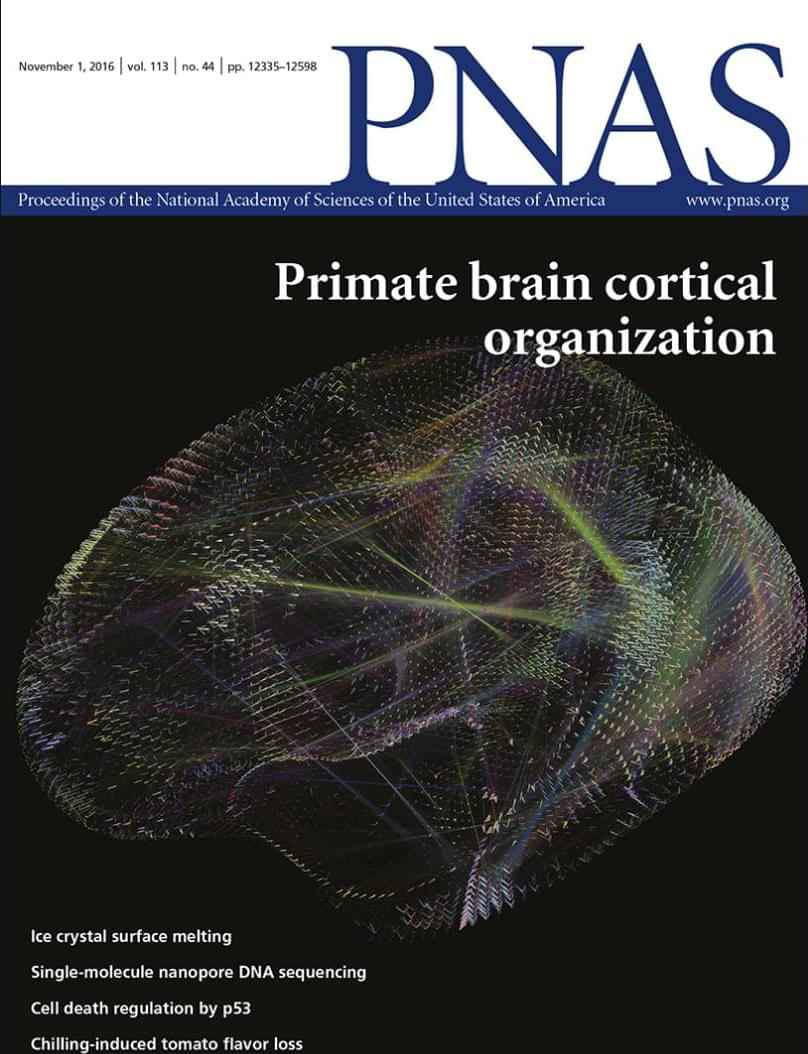Chronic lower back pain is one of the top complaints that sends Americans to their doctors — and it’s a leading cause of missed workdays and disability claims.
While slipped discs, arthritis and spinal problems are often blamed, for some, the real culprit is an infection. Now, there’s hope on the horizon for these patients.
Early clinical trial results indicate a new antibiotic drug could treat — or even cure — the infection. Experts are hailing it as a “massive gamechanger” with the potential to drastically improve the quality of life for those suffering from chronic lower back pain.

